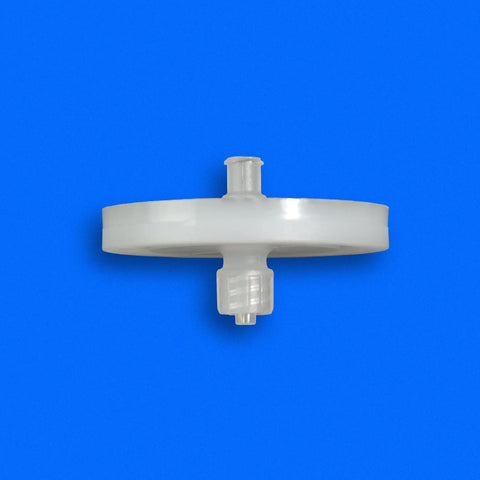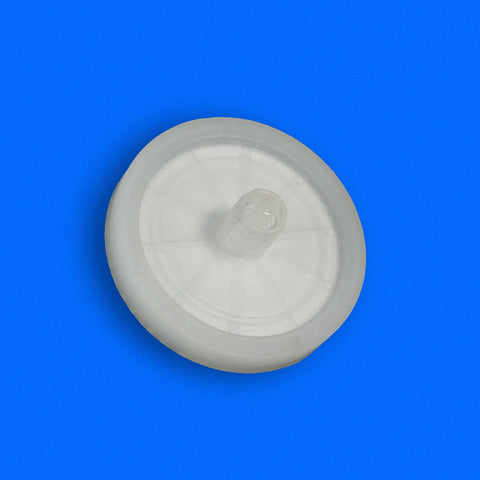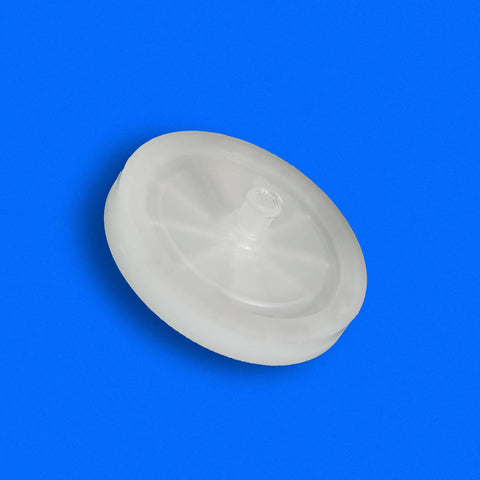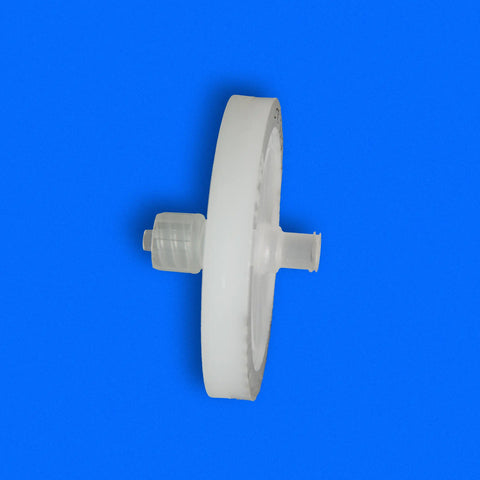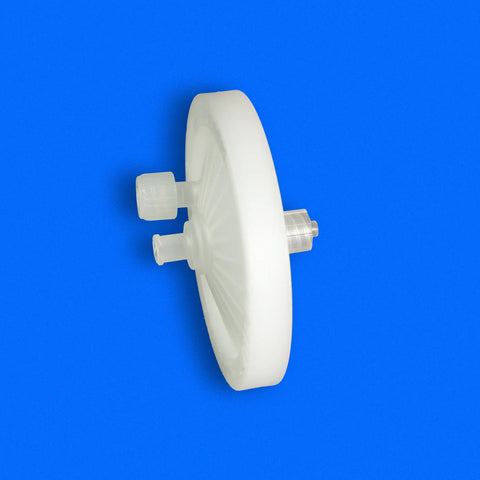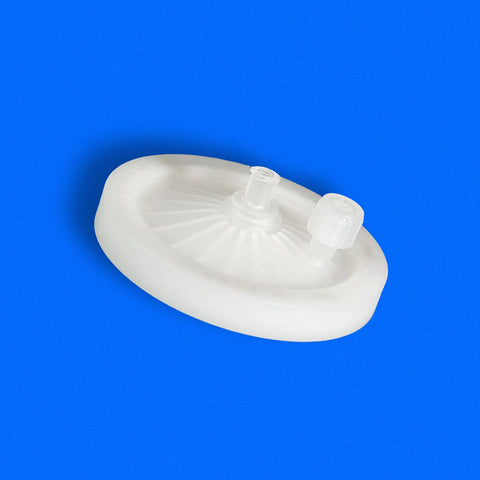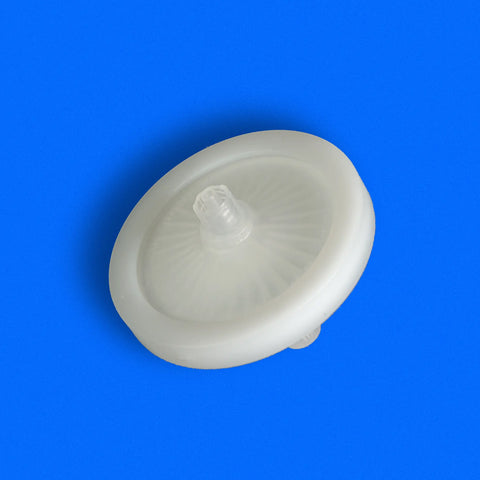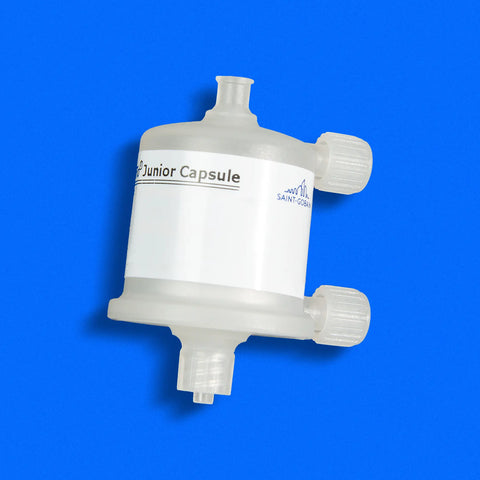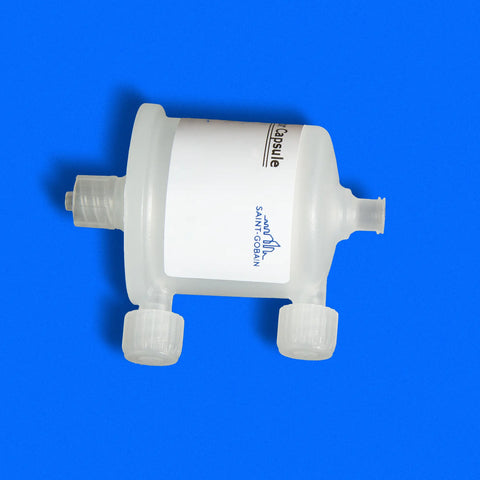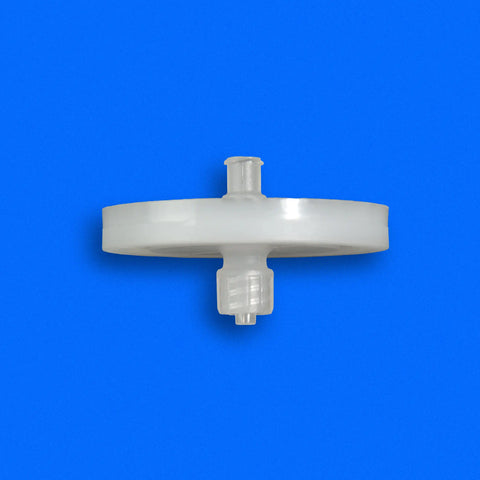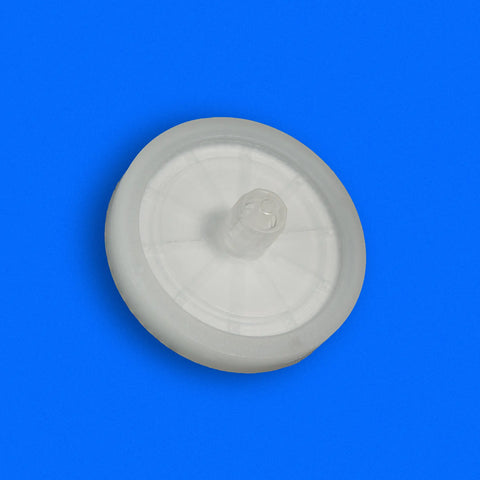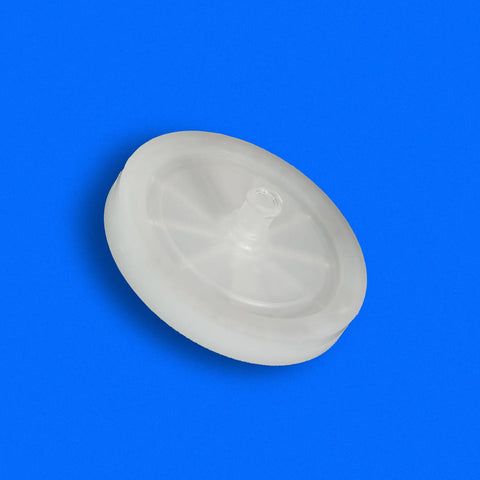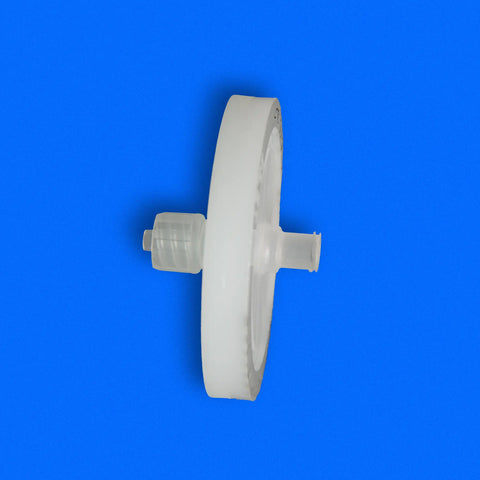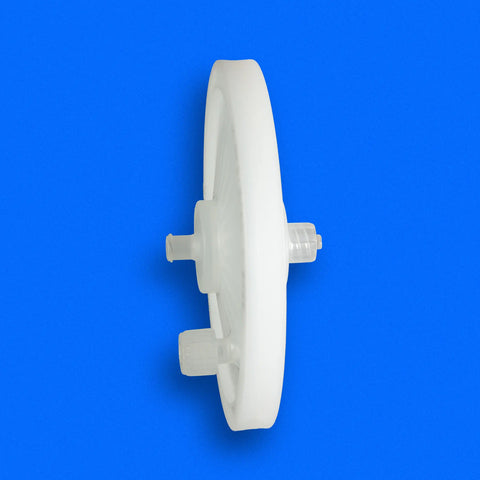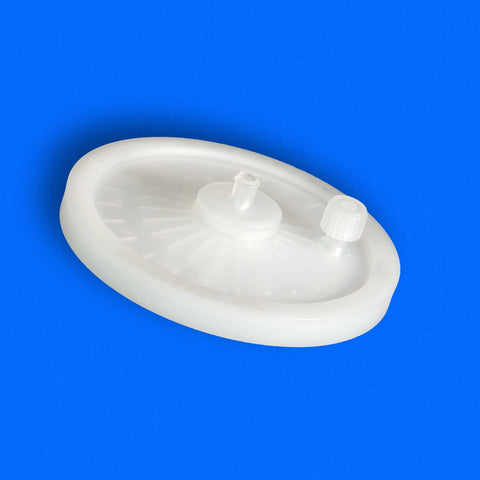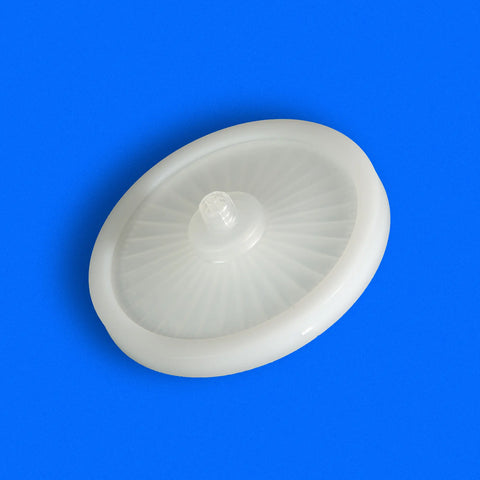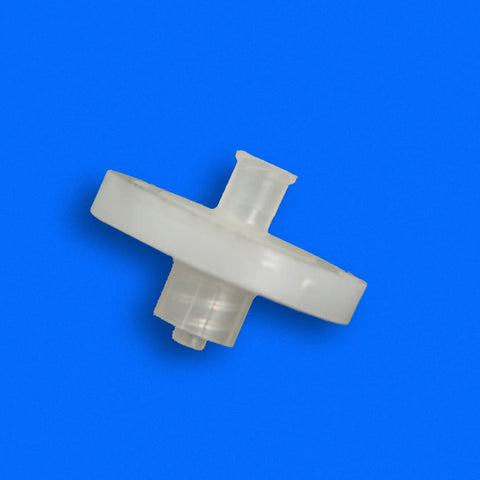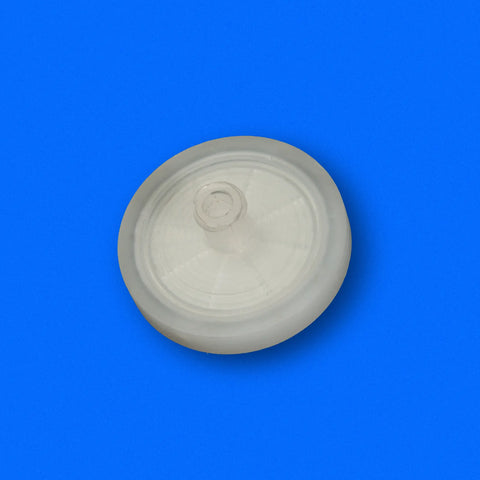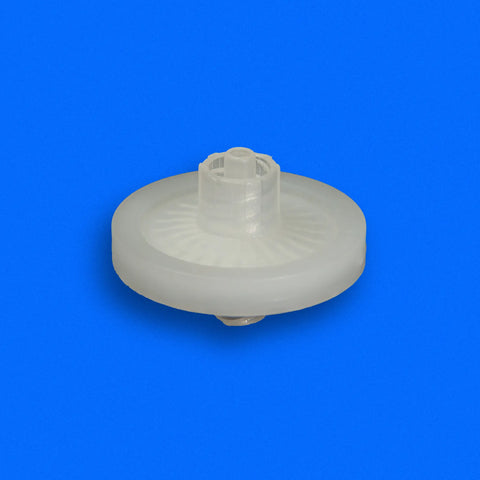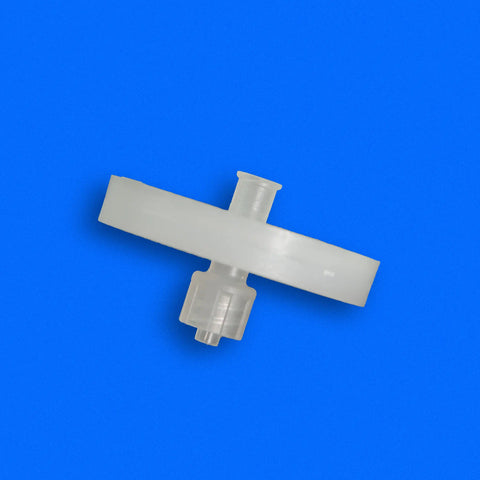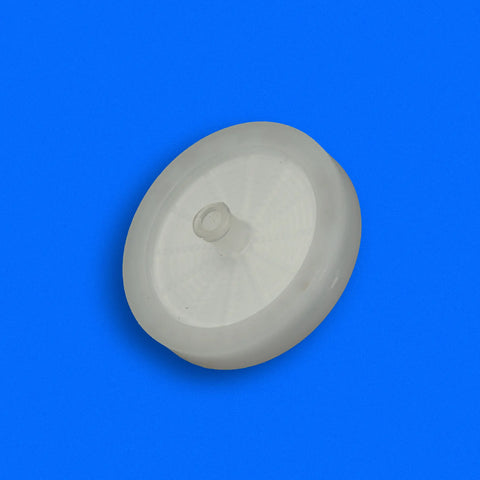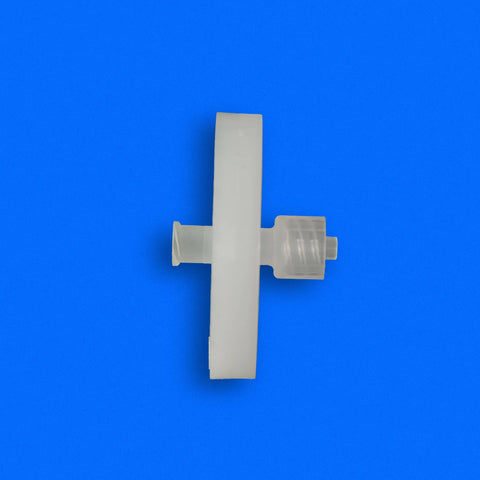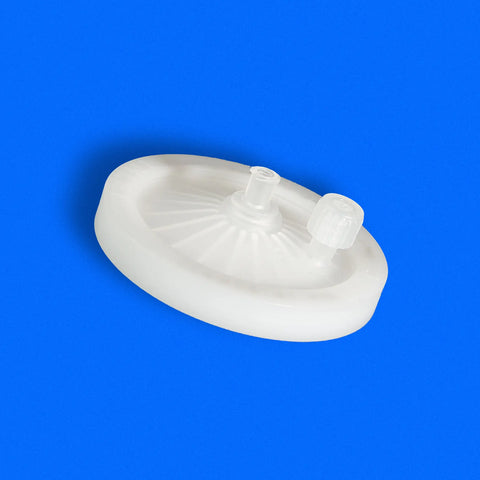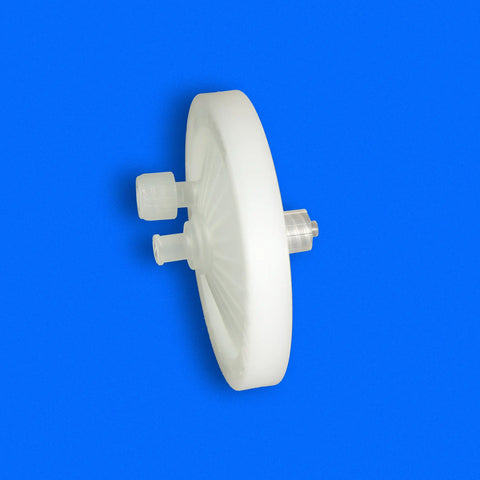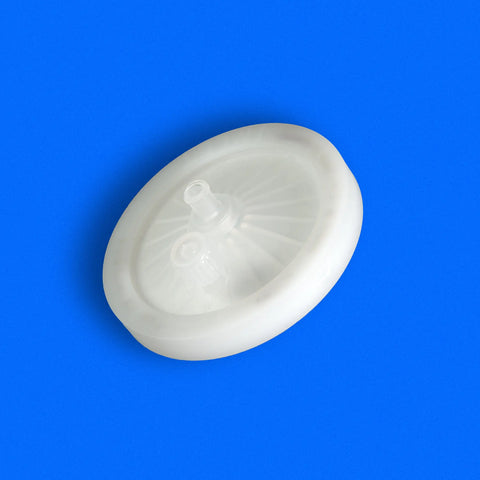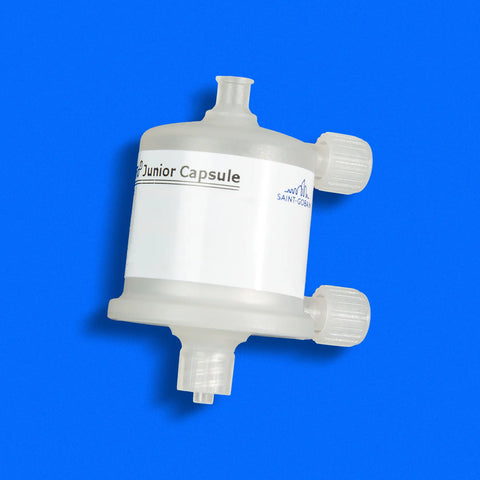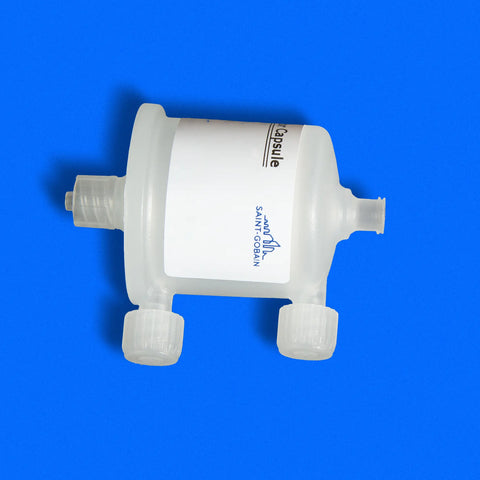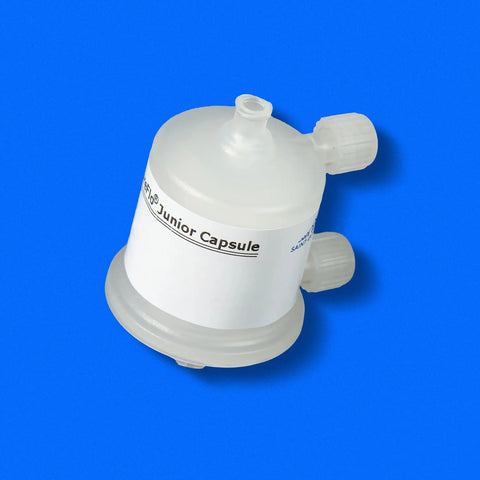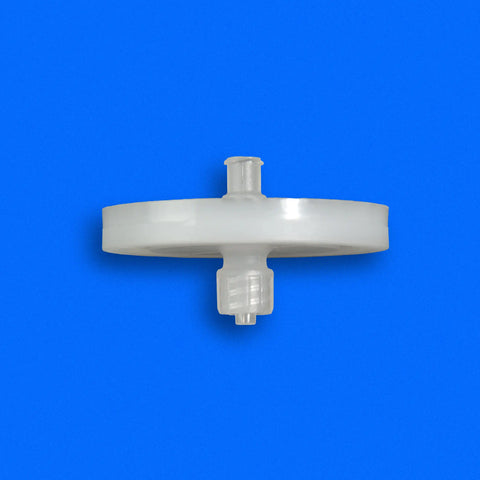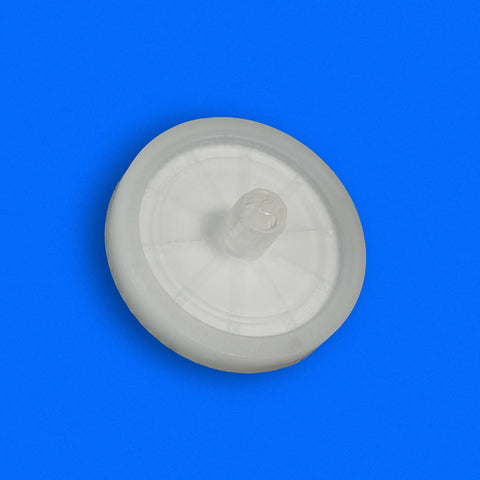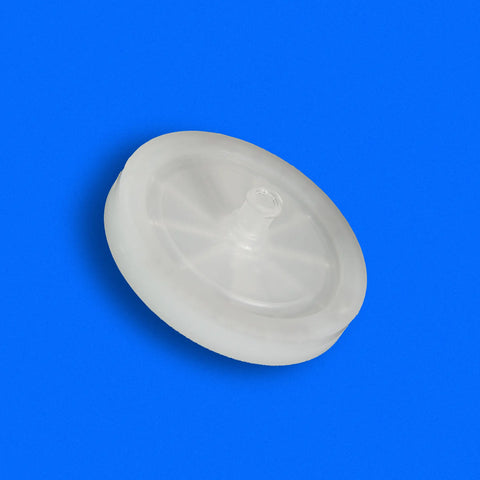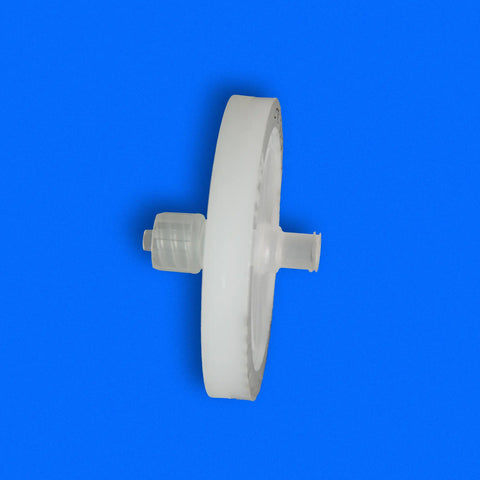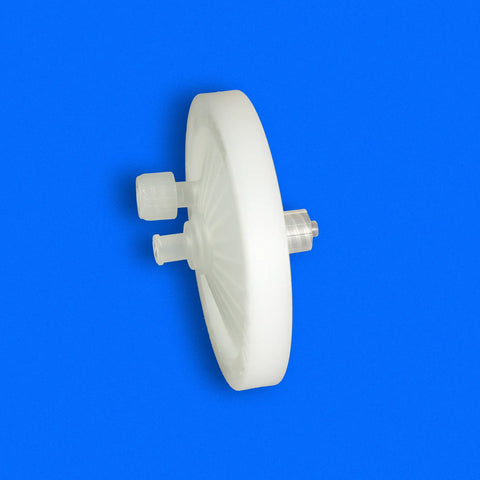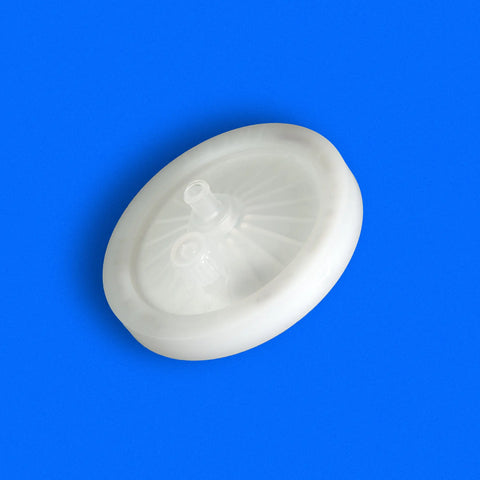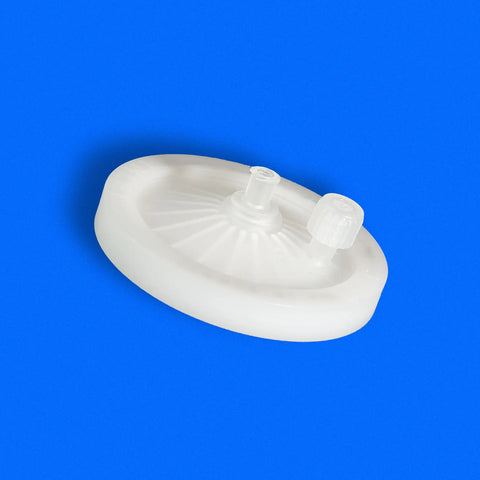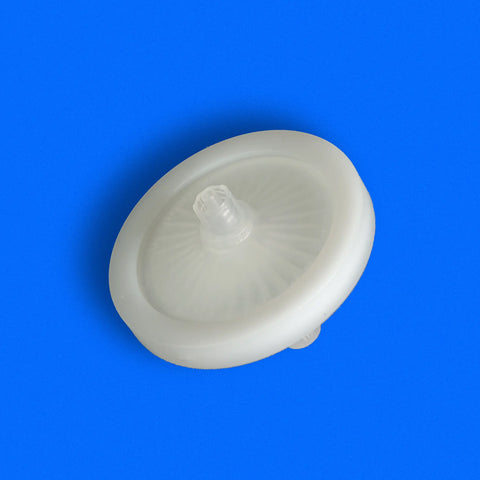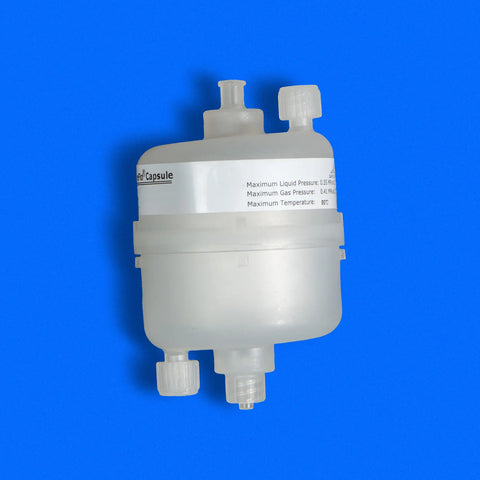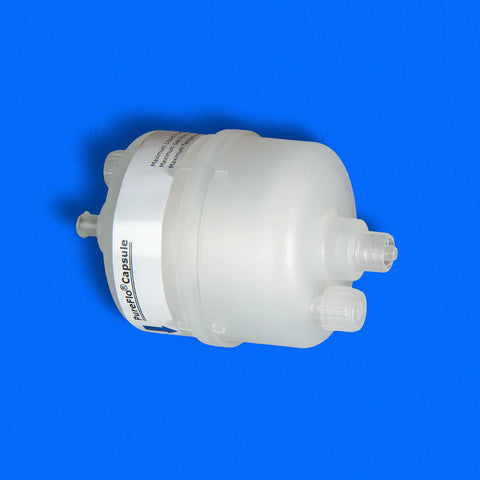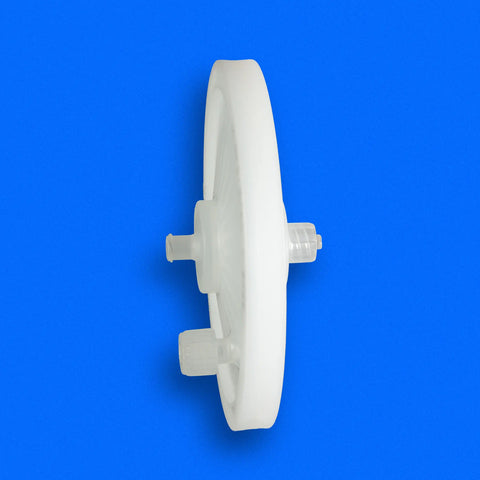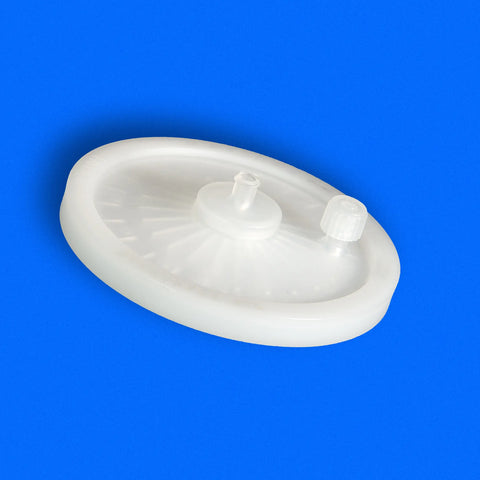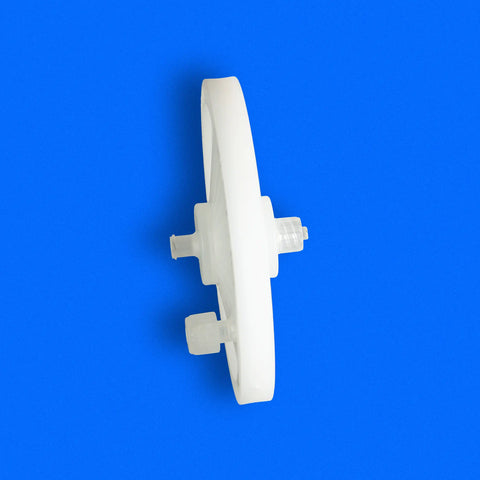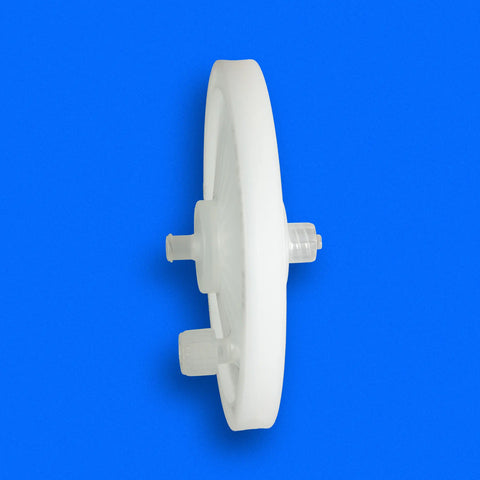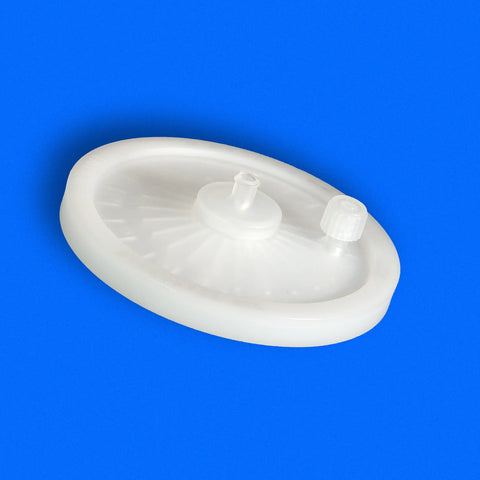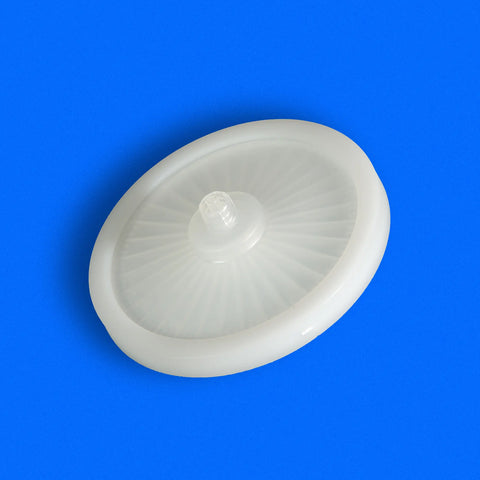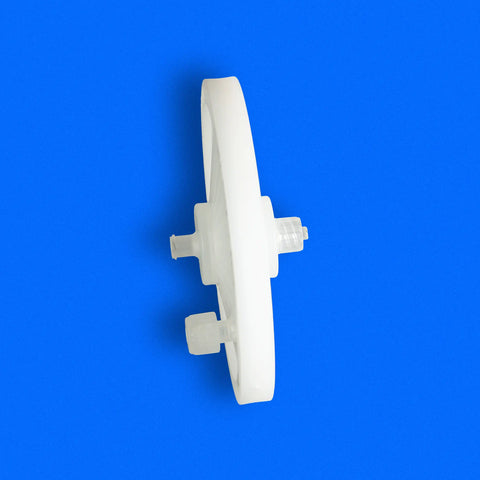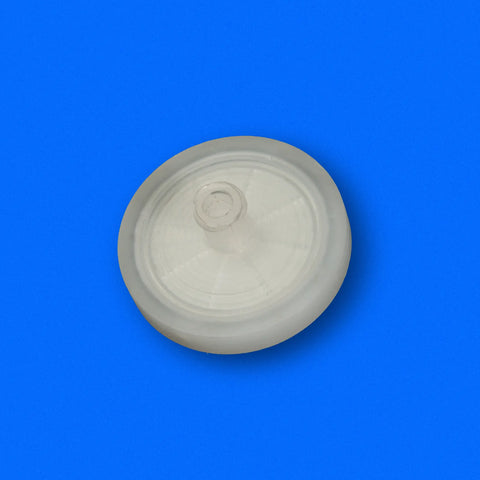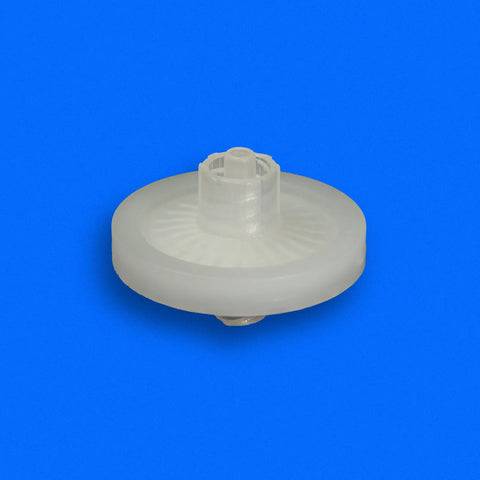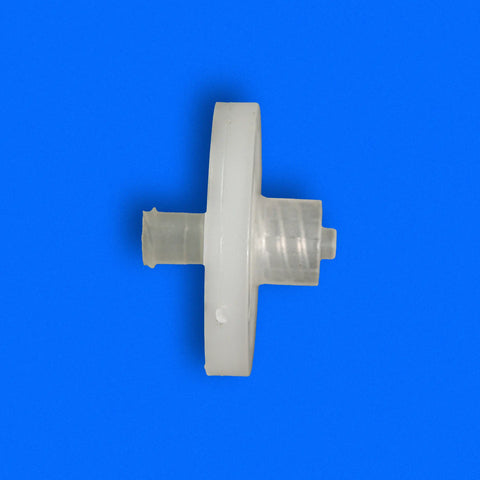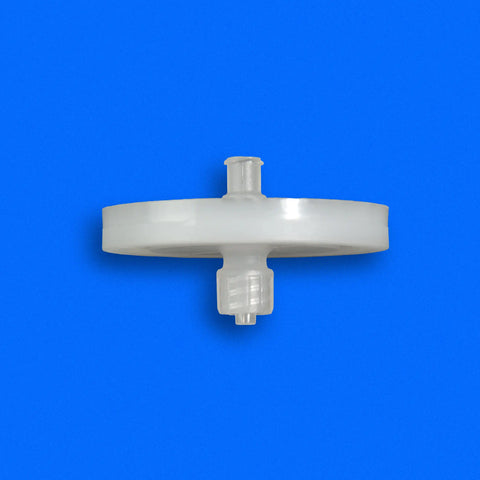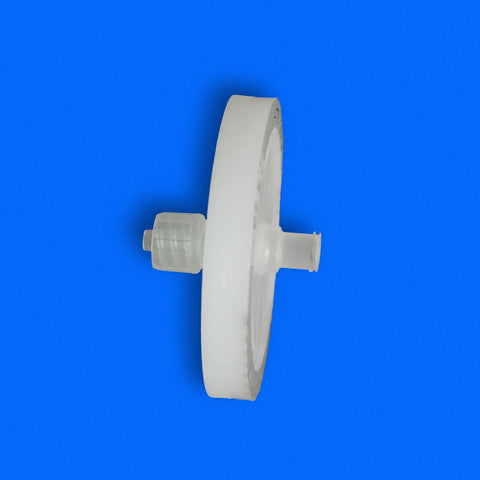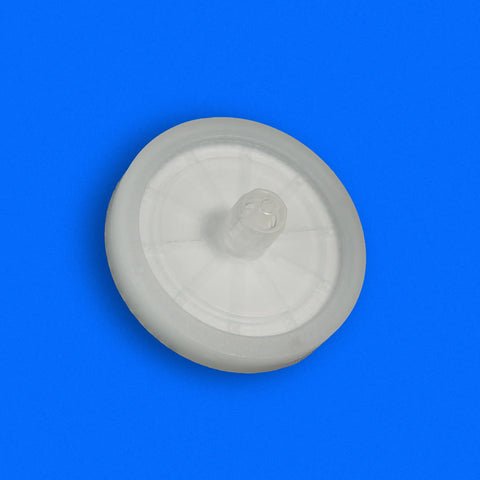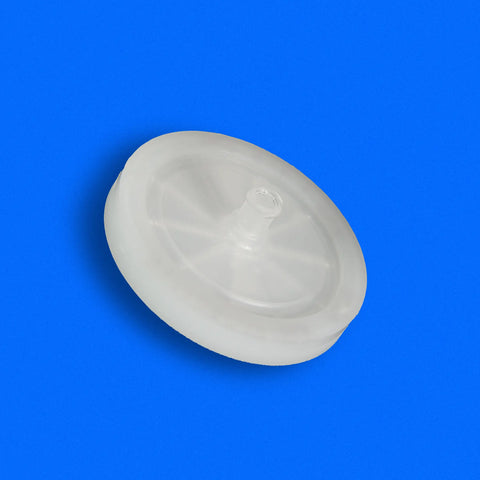Filter Integrity Tester
Comprehensive Guide to Bubble Point Testing
Sales Drawing IFP-161-0050 BUBBLE POINT TEST STAND 5 LITER
SALES DRAWING IFP-161-0002 BUBBLE POINT TEST STAND 2 REV A - New Address.pdf
Bubble Point Test Manual - IFP-161-0002 Rev B
Filter Integrity Testing
Bubble Point Tester
When you begin filter integrity testing, the filter must be wetted with a fluid with a known surface tension. After filtering the desired medication or base, the filter must be flushed with either DI water (*) or 60% IPA (isopropyl Alcohol) and balance DI water (*). We prefer the 60% IPA / 40% water (*) be used. This solution is easier to wet the capsule and the acceptable bubble point values are much lower; see the acceptable bubble point values in the table below. 18 Psi is a much safer pressure to operate at than 50 psi. This is important when the chemical compatibility is unknown and the capsule may not be structurally sound.
(*) DI water can be substituted by RO water, Purified water or Sterile water.
BUBBLE POINT SPECIFICATION – ZENPURE PRODUCTS

Note: All values above pertain to Pharmaceutical grade membranes
Bubble Point Theory
All ZenPure standard, biological, and pharmaceutical grade membrane filters are 100% integrity tested during the manufacturing process using a standard Diffusional integrity test. Additionally, the bubble point of each roll of incoming membrane and a subset of the final filter devices is verified by way of a standard bubble point test. The bubble point can be directly correlated to membrane pore size and is used to detect minor defects or out-of-size pores which could make a filter unsuitable for use. The Diffusional integrity test ensures that each filter is integral and free from manufacturing defects that could lead to filter bypass. In combination, these bubble point testers ensure the high performance of all ZenPure membrane filters. The test methods described here can be applied to all ZenPure membrane and specialty filters. Consult with a ZenPure applications specialist for additional details based on your application requirements.
Non-Destructive Testing
The use of a Diffusional integrity or bubble point test provides a non-destructive method to verify filter performance. Unlike direct particle and bacterial retention testing, these tests can be performed on each and every filter, with no degradation of the filter’s performance. During product development and validation, a precise correlation between a filter’s bubble point and its ability to perform particle or organism retention (for use in sterilization, for example), is well characterized. This correlation is used to define specified limits (with a built-in safety factor) for each product type using each test method. As filer integrity testing is a requirement for many applications, an overview of the test methods is contained in this document.
Overview
Each filter’s micro-porous membrane contains millions of pores creating a tortuous path used to capture particles while allowing the desired fluid to flow through the filter assembly. A nondestructive bubble point test measures the minimum pressure required to overcome the capillary forces which hold a wetting liquid within the filter’s pore structure. This pressure is known as the bubble point. The capillary forces and, therefore the bubble point, are directly proportional to the diameter of the largest pore contained in the filter. This relationship between pore size and bubble point is described by the bubble point equation (1).
Still have questions?
We're here to help. You can reach out to us so we can help answer any questions you have.


